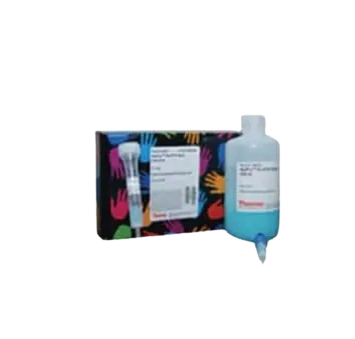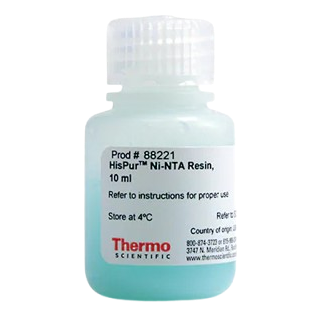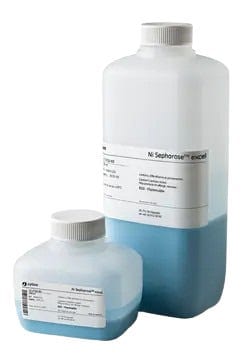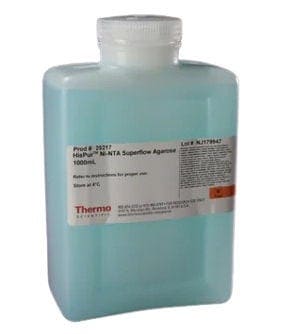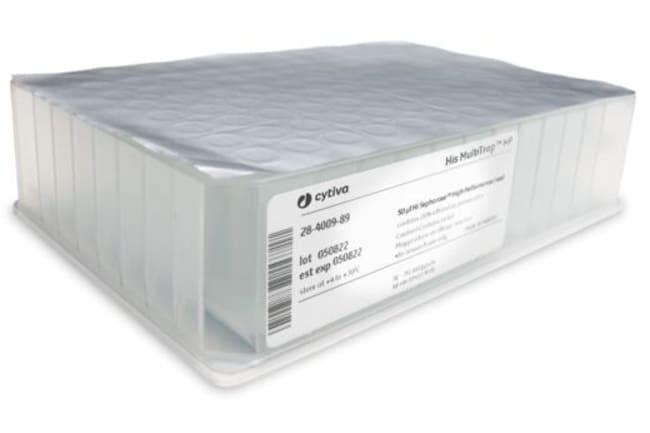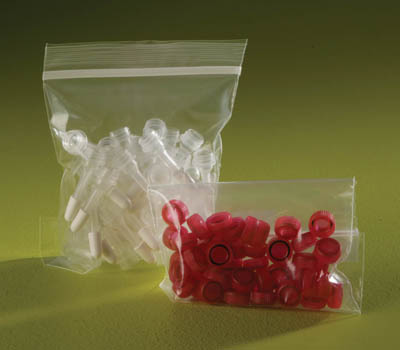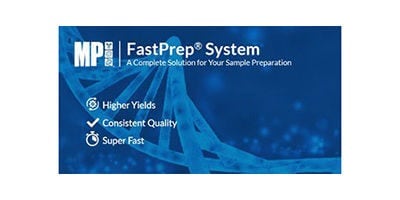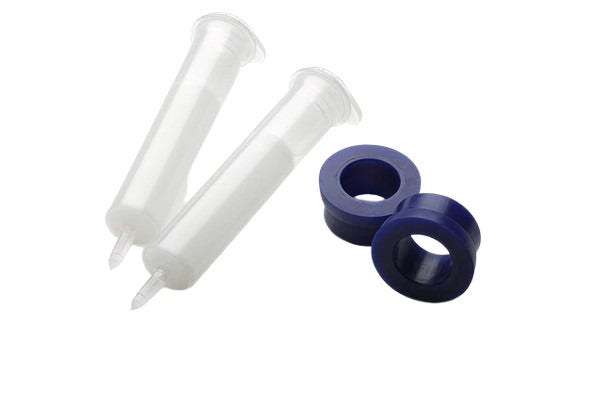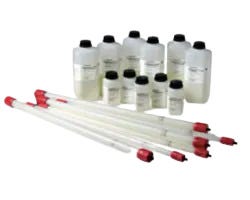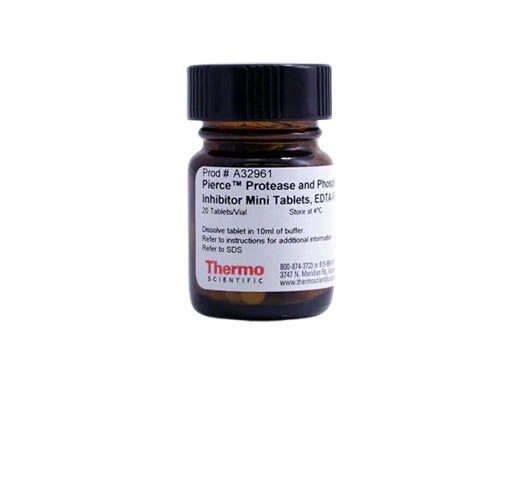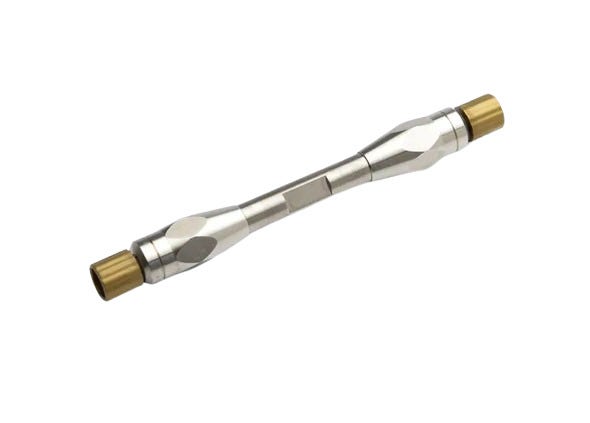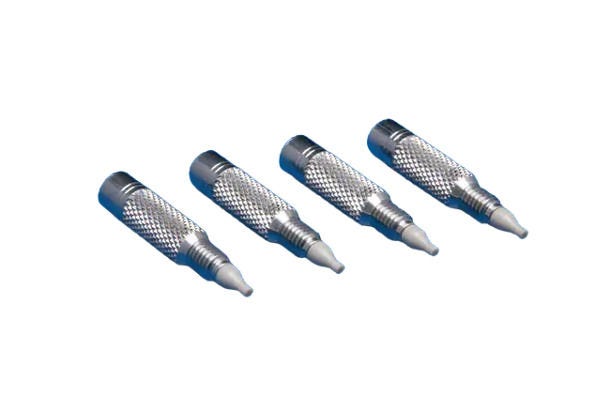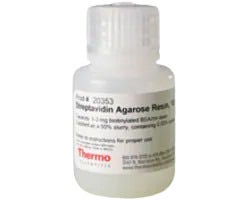Useful Links
Save Now - Exclusive Deals
Product Code 10574893
Product Code 18293921
Product Code 4530823
Product Code 7225611
Product Code 7184475
Product Code 4948800
Product Code 11713319
Product Code 11743329
Product Code 7113068
Product Code 18266183
Product Code 4948817
Product Code 7113070
Must Have
Product Code 11720865
Product Code 7113069
Product Code 11452400
Product Code 7184477
Product Code 4926794
Product Code 4531509
Product Code 10455924
Product Code 7000098
Complete Your Order - Great Deals
Product Code 10311454
Product Code 3676634
FAQ
Protein purification can be achieved through various methods, each exploiting different properties of proteins. Here are five common methods:
- Affinity Chromatography
Utilizes specific interactions between the protein of interest and a ligand attached to a chromatography resin. His-tagged proteins binding to Ni-NTA resin, antibody-antigen interactions. The advantages with this method are high specificity and yield, often resulting in high purity.
- Ion Exchange Chromatography
Separates proteins based on their charge. Proteins bind to charged resin and are eluted by changing the salt concentration or pH. Example DEAE (anion exchanger) and CM (cation exchanger) resins. The advantages with this method is that it’s good for separating proteins with different isoelectric points (pI).
- Size Exclusion Chromatography (Gel Filtration)
Separates proteins based on their size. Larger proteins elute first as they do not enter the pores of the resin, while smaller proteins elute later. Example Sephadex, Superdex, and Bio-Gel resins.
This method is useful for desalting and buffer exchange, as well as determining molecular weight.
- Hydrophobic Interaction Chromatography (HIC)
Separates proteins based on their hydrophobicity. Proteins are bound to hydrophobic resin in high salt conditions and eluted by decreasing the salt concentration. Example Phenyl-Sepharose and Octyl-Sepharose resins. This method is effective for separating proteins with varying degrees of hydrophobicity.
- Electrophoresis
Separates proteins based on their size and charge by applying an electric field. SDS-PAGE is commonly used to separate proteins based on their molecular weight. Example SDS-PAGE (denaturing), Native PAGE (non-denaturing), and IEF (isoelectric focusing). This method provide high resolution and is widely used for analytical purposes to assess purity and molecular weight.
Each of these methods can be used individually or in combination to achieve the desired level of purity and yield for the target protein.
EDTA (Ethylenediaminetetraacetic acid) is commonly used in protein purification for several reasons:
- Chelating Agent: EDTA is a strong chelating agent that binds to metal ions such as calcium, magnesium, and iron. By chelating these ions, EDTA prevents them from interfering with the protein purification process
- Inhibition of Metalloproteases: Many proteases require metal ions for their activity. EDTA inhibits these metalloproteases by binding to the metal ions, thereby protecting the target proteins from proteolytic degradation during purification
- Prevention of Aggregation: Metal ions can sometimes cause proteins to aggregate. By removing these ions, EDTA helps in maintaining the solubility and stability of proteins
- Removal of Contaminant Proteins: Some contaminant proteins may bind metal ions and become co-purified with the target protein. EDTA can help in removing these contaminants by disrupting their metal ion-dependent interactions
Overall, EDTA is used to improve the yield and purity of the target protein by minimizing degradation, aggregation, and contamination.
Preventing protein aggregation during protein purification is essential to maintain protein solubility and functionality. Here are specific strategies you can implement throughout the purification process:
Optimize Initial Conditions
- Buffer pH: Select a buffer pH that is close to the protein's pH of maximum stability, usually slightly away from its isoelectric point (pI)
- Buffer Ionic Strength: Use appropriate concentrations of salts (e.g., NaCl) to stabilize the protein and reduce electrostatic interactions
Use of Additives
- Detergents: Non-ionic detergents like Triton X-100, Tween-20, or CHAPS can help stabilize membrane proteins and prevent aggregation
- Osmolytes: Additives like glycerol (5-20%), sucrose, or trehalose can stabilize proteins by preferential hydration
- Reducing Agents: Include DTT (dithiothreitol) or β-mercaptoethanol to maintain disulfide bonds in a reduced state and prevent incorrect disulfide bond formation
- Chelating Agents: Use EDTA to chelate divalent metal ions that may promote aggregation or activate proteases
Protease Inhibitors
- Use a cocktail of protease inhibitors (e.g., PMSF, leupeptin, aprotinin) to prevent proteolytic degradation that can lead to aggregation
Temperature Control
- Perform purification steps at 4°C to reduce the kinetic energy and aggregation propensity of proteins. Use chilled buffers and keep samples on ice
Gentle Handling
- Avoid vigorous mixing or vortexing. Use gentle pipetting or slow stirring to prevent mechanical denaturation. Minimize exposure to air-liquid interfaces by avoiding excessive foaming and using low-bind tubes
Optimal Protein Concentration
- Maintain protein concentrations at optimal levels to minimize aggregation. High concentrations can promote intermolecular interactions
Stabilizing Agents
- Polyols: Compounds like PEG (polyethylene glycol) can increase solubility and prevent aggregation
- Amino Acids: Arginine (0.1-0.5 M) can stabilize proteins and prevent aggregation
Chromatography Conditions
- Use gentle elution conditions (e.g., gradual gradient elution) to avoid abrupt changes in buffer composition. Avoid using high concentrations of imidazole or other elution agents that can destabilize proteins
Proper Storage
- Store purified proteins in small aliquots to avoid repeated freeze-thaw cycles
- Use cryoprotectants like 10-50% glycerol or sucrose to protect proteins during freezing
Use of Molecular Chaperones
- Co-express molecular chaperones during recombinant protein expression to assist in proper folding and prevent aggregation
